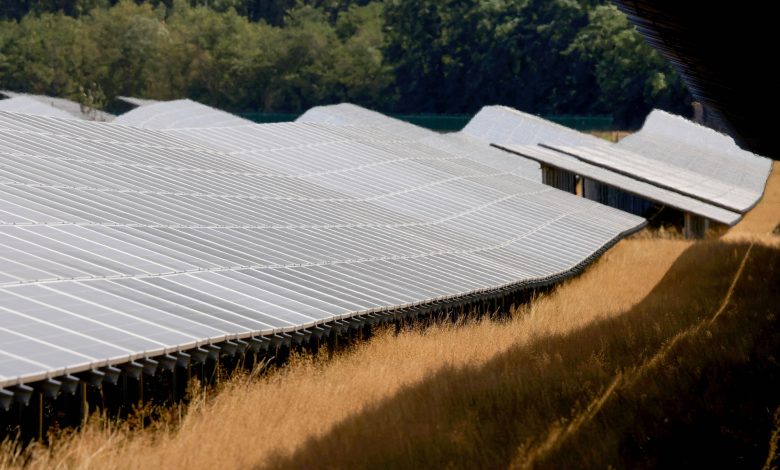New solar to meet most of Europe’s power demand growth in winter

The expansion of solar power, led by Germany, is upending traditional energy economics in Europe
The increase in European solar capacity is now so strong that even during the winter, the technology will satisfy most of the growth in electricity demand.
Power consumption from October to March is set to rise by 2.2 per cent, or 36 terawatt-hours, from a year earlier, according to consulting firm ICIS. As much as 20 terawatt-hours will be supplied by new solar generation.
The expansion of solar power, led by Germany, is upending traditional energy economics in Europe. Its lower cost relative to nuclear and fossil-fuel generation – as well as an encouraging regulatory framework – has driven a surge in installations, while many coal-fired plants have been retired.
With renewables’ capacity growth outpacing gains in consumption, the region is looking well-supplied during the peak demand season.
“The European power market is in a pretty comfortable position from a supply-and-demand perspective heading into the winter period,” said Matthew Jones, head of power analytics at ICIS.
The analysis also highlights different weather scenarios and their impact on the market. A colder-than-normal winter would see prices in Germany increase 14 per cent from a base case, while milder conditions may result in a 13 per cent decline.
The German year-ahead power contract fell 0.361 per cent to 85.50 euros (S$122.31) a megawatt-hour, data from European Energy Exchange AG show. The French equivalent was up 0.0141 per cent at 70.90 euros.

